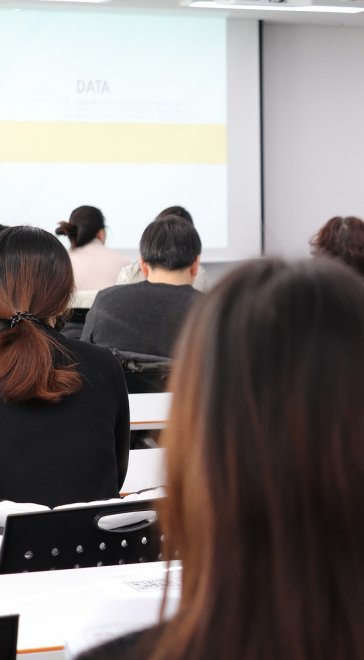Loewner Theory: recent development in the classical topic
This theory was born in a paper by Ch. Loewner of 1923 as a tool in the famous Bieberbach Conjecture on the sharp estimates for the Taylor coefficients of univalent holomorphic functions in the disk. Loewner s dynamic viewpoint, going back to the Lie Theory, gave rise to a Parametric Representation of univalent functions in terms of a convex cone formed by measurable families of normalized holomorphic functions with positive real part. This representation was extensively used to solve extremal problems for univalent functions not accessible by other methods and actually served as the cornerstone in the proof of the Bieberbach Conjecture given by L. de Branges in 1984.
After de Branges s proof, the interest to sharp estimates for univalent functions gradually decreased. However, Loewner s method has gone far beyond the original problem. Furthermore, recently there has been a burst of interest in this topic due to some new important results and applications, including well-celebrated O. Schramm s stochastic version of the Loewner evolution (SLE), deep results of S. Rohde, D. Marshall, and J. Lind on the relation between the analytic properties of the driving term in the Loewner equation and geometric properties of the represented conformal mapping, as well as interesting connections with Integrable Systems and Laplacian Growth.
The first part of the talk we will be devoted to the basic constructions and ideas behind the classical Loewner Theory. The second part will focus on the new general approach by F. Bracci, M. Contreras and S. Díaz-Madrigal bringing together, and containing as quite particular cases, two similar but formerly independent variants of Loewner s construction (known as radial and chordal Loewner evolutions) along with one-parametric semigroups of holomorphic self-maps, which were studied for a long time separately in connection with the iteration theory and investigations of composition operators. Joint results with Professors M. Contreras and S. Díaz-Madrigal from the University of Seville, Spain, will be presented on the construction of the general Loewner chains and the relation between them and the non-autonomous holomorphic flows in the unit disk, produced by the general version of the Loewner-Kufarev equation. We will also discuss the extension of the general approach by Bracci et al. to doubly connected domains. The main difficulty we had to overcome in developing the general version of the Loewner Theory for the annulus resides in the necessity to switch from a static reference domain to a family of annuli, which excludes the possibility to consider autonomous reduction affording a good source of intuition in the simply connected case.

